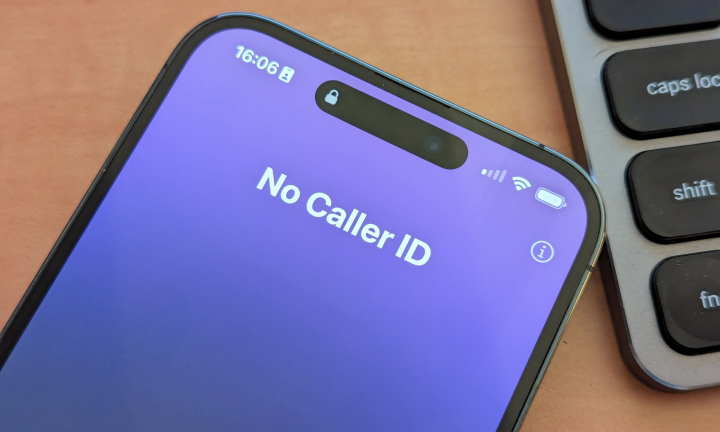In a world where communication is at our fingertips, staying ahead of evolving technologies is crucial, especially when it comes to caller identification. As smartphones become ubiquitous, the need for accurate and advanced caller identification systems has grown.
In this blog, we will explore the trends shaping the landscape of caller identification, helping users understand the advancements and changes in this essential aspect of modern communication.
Introduction to Caller Identification
Caller identification, commonly known as caller ID, is a feature that allows individuals to see the phone number and, in some cases, the name of the person calling them. Initially introduced to mitigate unwanted or spam calls, caller ID has evolved significantly, adapting to changing communication technologies and user expectations.
The Role of Artificial Intelligence (AI) in Caller Identification
One of the most notable trends in caller identification is the integration of Artificial Intelligence (AI). AI algorithms analyze vast datasets of phone numbers, caller behaviors, and call patterns to enhance the accuracy of caller identification. This technology enables systems to identify potential spam or scam calls more effectively, providing users with better protection against fraudulent activities.
Real-Time Call Analysis and Scoring
Advancements in AI have also led to the implementation of real-time call analysis and scoring. Caller identification systems can now analyze calls as they happen, assigning a risk score based on various factors. This real-time scoring helps users make informed decisions about whether to answer a call or let it go to voicemail, providing an additional layer of security and control.
Behavioral Analytics for Call Verification
Behavioral analytics have become a key component in enhancing caller identification accuracy. By analyzing the behavioral patterns of callers, such as the frequency and time of calls, as well as the duration of conversations, caller identification systems can establish a more comprehensive profile for each phone number. This enables more accurate verification of legitimate callers and helps identify potential spam or phishing attempts.
Integration of Machine Learning Models
Machine learning models play a pivotal role in refining caller identification algorithms. These models continuously learn from new data and user feedback, adapting to emerging patterns and tactics used by spammers. The integration of machine learning ensures that caller identification systems remain dynamic and responsive to the evolving landscape of unwanted calls.
Enhanced Database Connectivity
Caller identification relies heavily on extensive databases that contain information about phone numbers and their associated identities. A notable trend is the enhancement of database connectivity, allowing caller identification systems to access updated information in real-time. This connectivity ensures that users receive the most accurate and recent information about incoming calls.
Community-Based Reporting Systems
Community-based reporting systems leverage the power of crowdsourcing to improve caller identification accuracy. Users can report suspicious or unwanted calls, contributing to a shared database that helps identify potential scams or spammers. Caller identification systems then utilize this collective intelligence to enhance their ability to flag and block unwanted calls.
Smartphone Integration and Customization
Modern smartphones now come equipped with advanced caller identification features. Users can customize their caller ID settings, allowing them to prioritize or block specific callers based on their preferences. This trend empowers users to take control of their communication experience, tailoring caller identification to suit their individual needs and preferences.
Robocall Mitigation Strategies
Robocalls, automated phone calls often used for fraudulent purposes, have become a significant concern for phone users. Caller identification systems are incorporating robust robocall mitigation strategies, such as analyzing call audio for robotic patterns and using sophisticated algorithms to identify and block these automated calls more effectively.
Privacy Considerations in Caller Identification
With the increasing emphasis on privacy, caller identification systems are adapting to ensure user data protection. Stricter privacy measures are being implemented to safeguard user information, making it crucial for caller identification solutions to strike a balance between providing accurate information and protecting user privacy.
Let’s Sum Up
The trends in caller identification reflect the ongoing efforts to stay ahead of evolving technologies and address the challenges posed by unwanted calls. The integration of Artificial Intelligence, real-time call analysis, behavioral analytics, machine learning models, enhanced database connectivity, community-based reporting systems, smartphone customization, robocall mitigation, and privacy considerations are shaping the future of caller identification. Learn more about finding caller identification here.
As users continue to rely on caller identification to manage their communication experiences, staying informed about these trends is essential. The evolving landscape of caller identification promises a more accurate, secure, and user-friendly experience, allowing individuals to navigate the complex world of phone calls with confidence and control.

